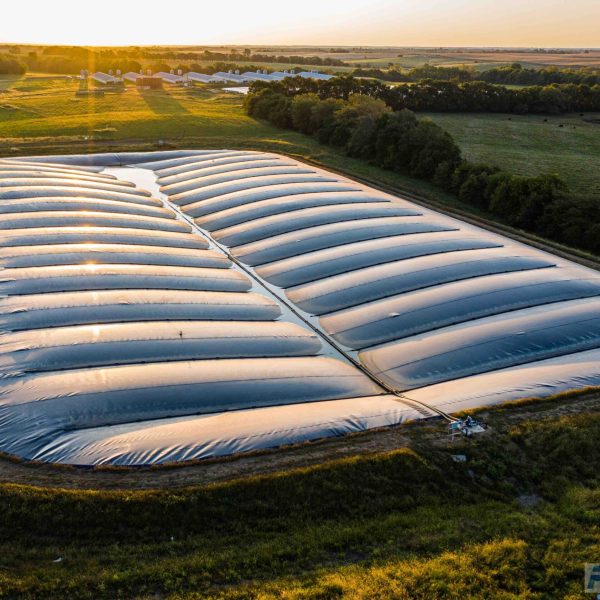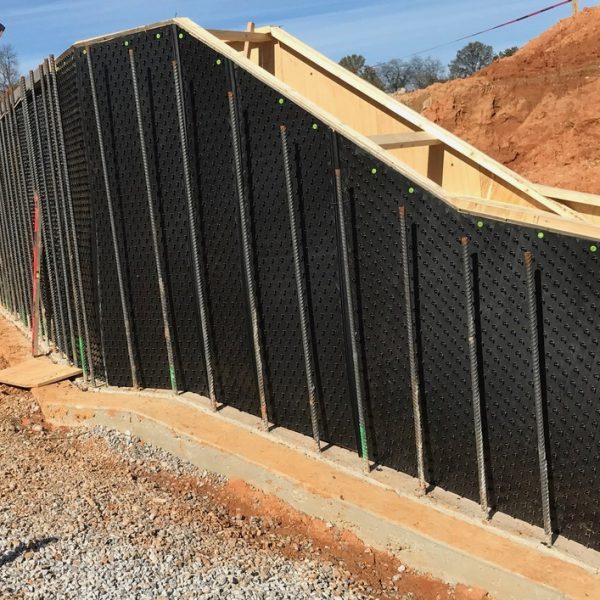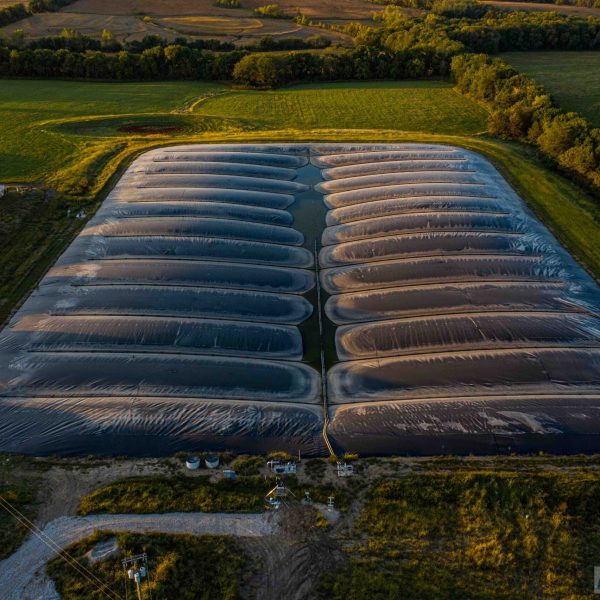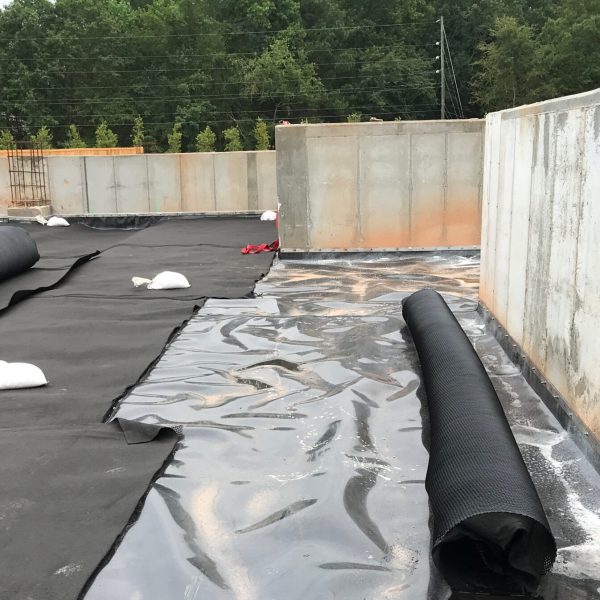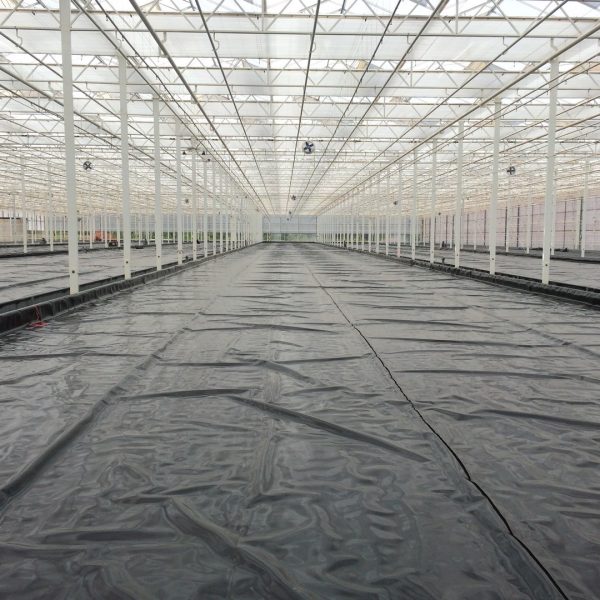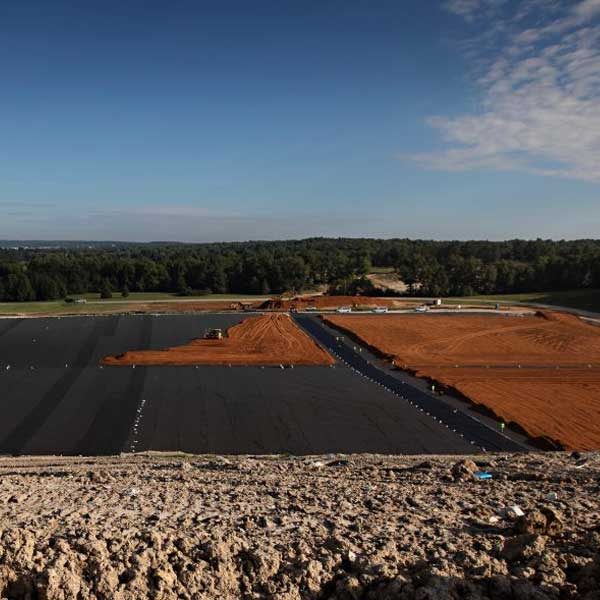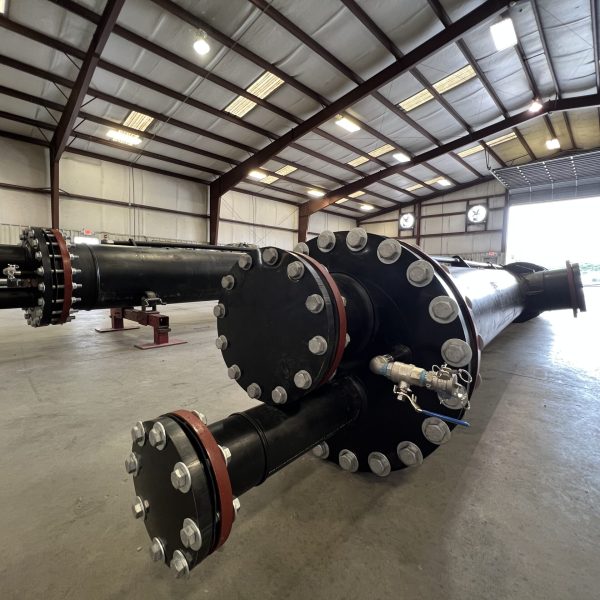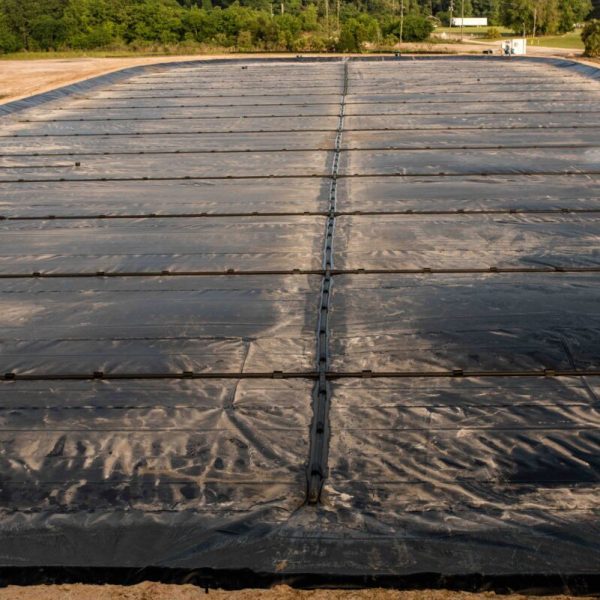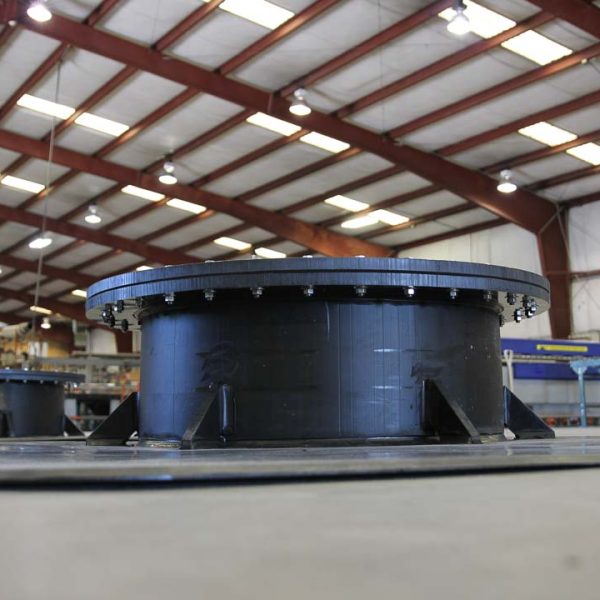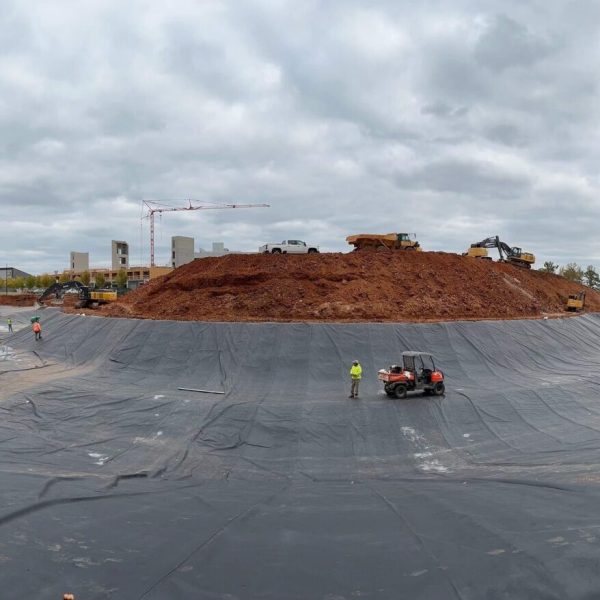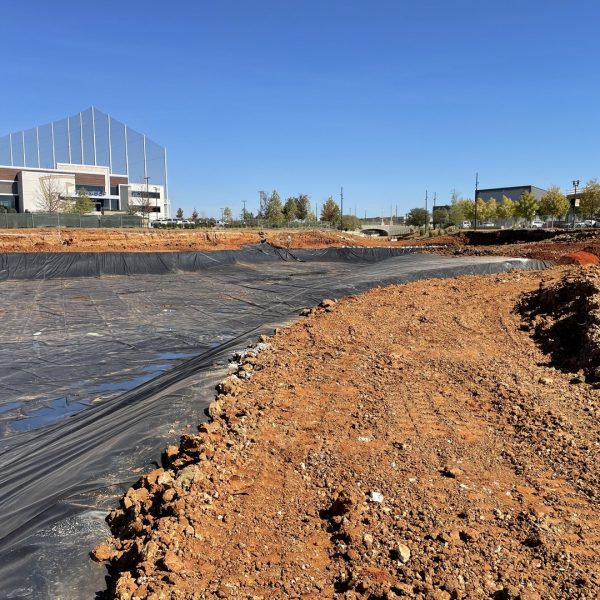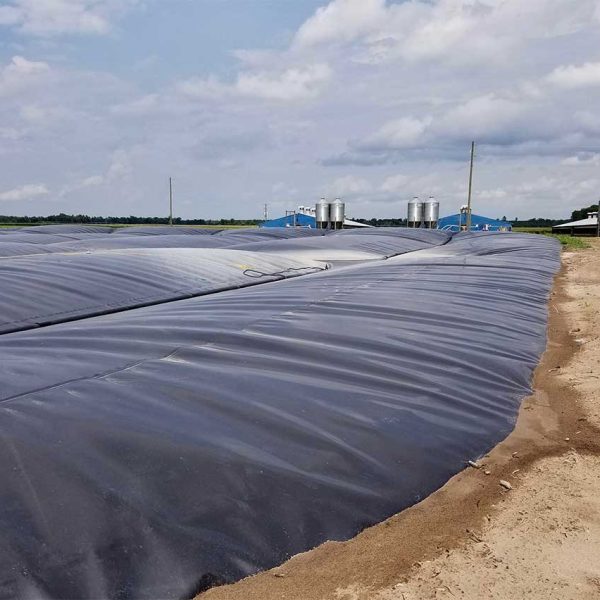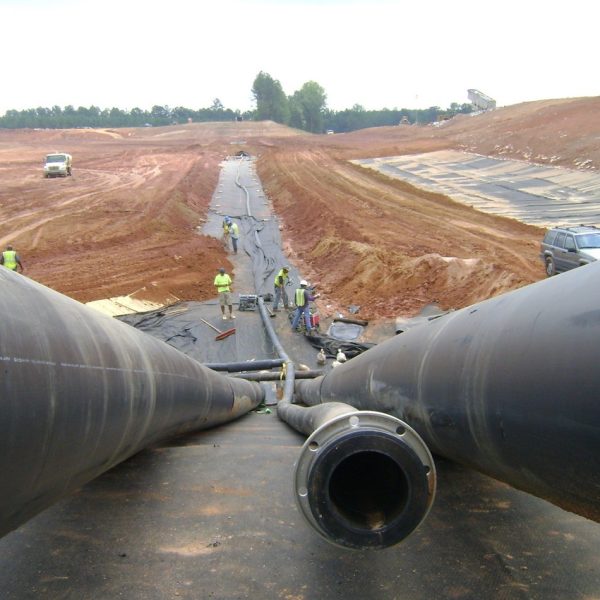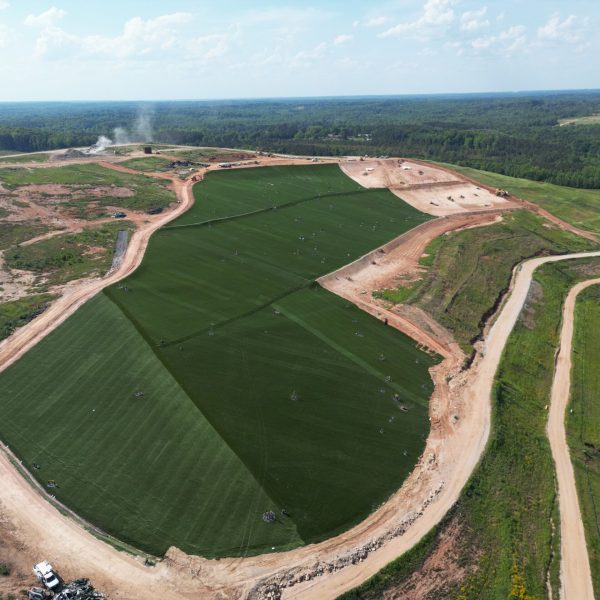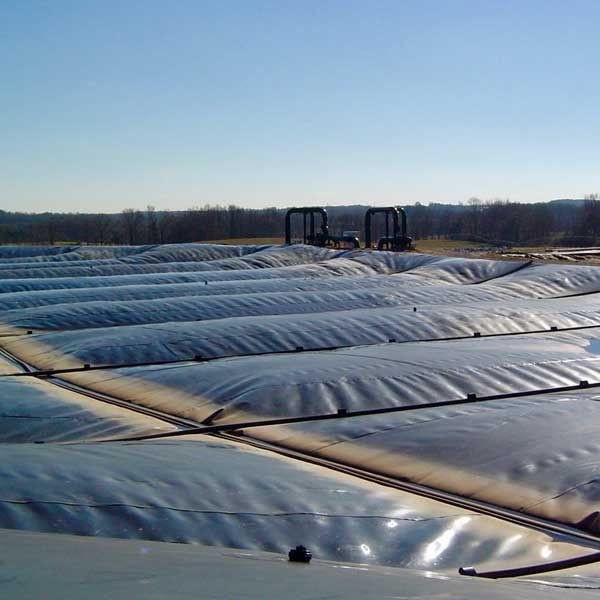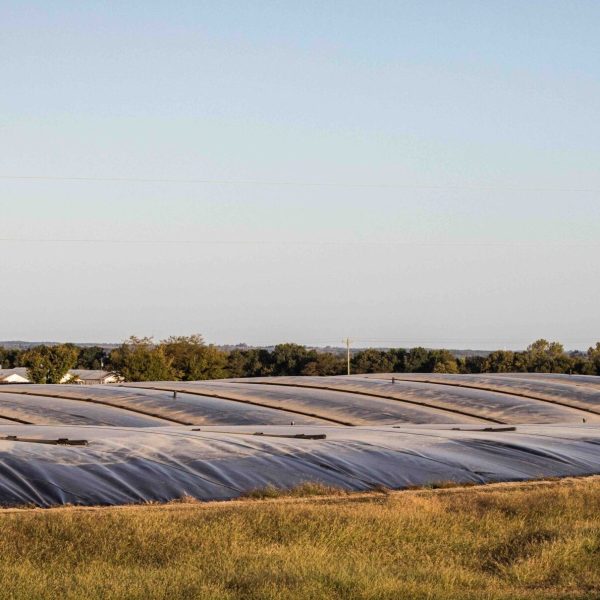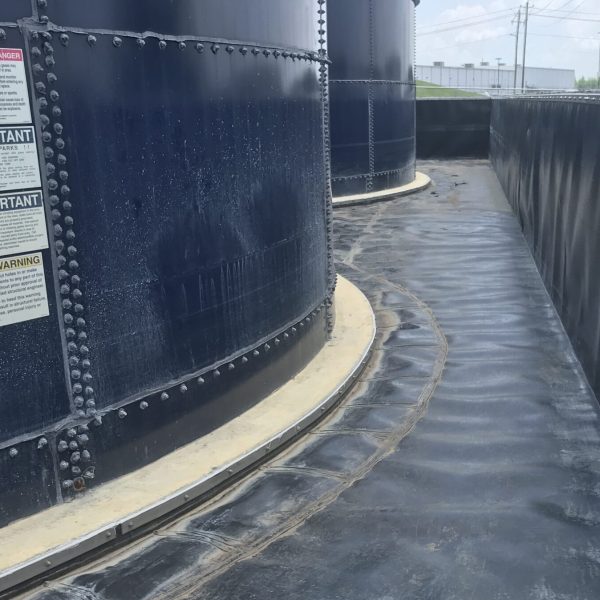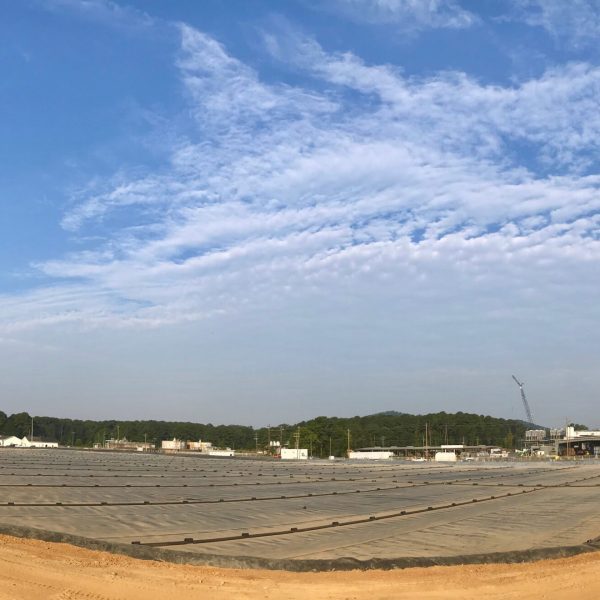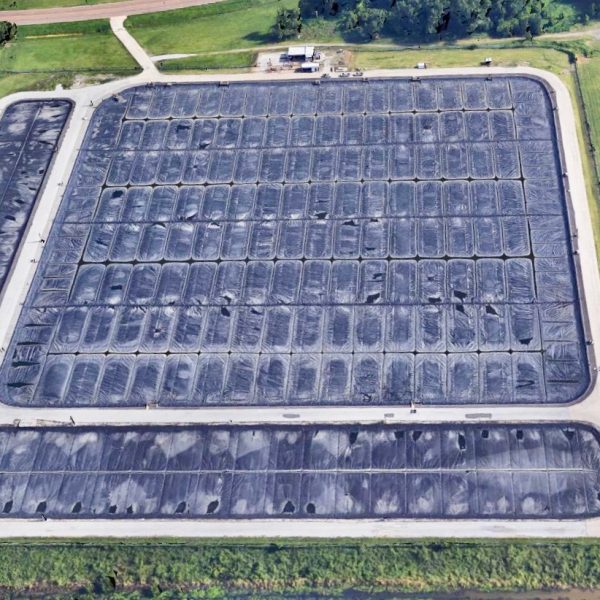Biogas Collection Covers
CONTACT NOW FOR FREE CONSULTATION


















Unmatched Performance
Biogas Collection Covers
CONTACT NOW FOR FREE CONSULTATION
Read more
What are Biogas Collection Covers?
Biogas collection covers are specialized membranes or covers used in anaerobic digesters to capture the biogas produced during the digestion process. These covers are essential in maintaining an optimal anaerobic environment and ensuring that the produced biogas, primarily composed of methane and carbon dioxide, is efficiently collected for use as a renewable energy source.
How Do Gas Collection Covers Work?
Biogas collection covers work by creating a sealed environment over the anaerobic digester. As organic waste breaks down in the digester, biogas is released and rises to the top. The cover traps this gas, preventing it from escaping into the atmosphere. The collected biogas can then be channeled through pipes to storage tanks or directly to generators for energy production.
What Materials are Used in Biogas Collection Covers?
Biogas collection covers are typically made from durable, flexible materials like high-density polyethylene (HDPE), reinforced geomembranes, or other synthetic polymers. These materials are chosen for their resistance to UV rays, chemicals, and weather conditions, ensuring longevity and effectiveness in capturing biogas.
What are the Benefits of Using a Gas Collection Cover?
- Increased Biogas Yield: By creating an airtight seal, these covers ensure maximum capture of biogas, which can then be used for energy production.
- Odor Control: Biogas collection covers help contain unpleasant odors associated with the anaerobic digestion process.
- Environmental Protection: By capturing methane, a potent greenhouse gas, these covers help reduce emissions and mitigate climate change.
- Economic Benefits: The captured biogas can be used to generate electricity or heat, providing a renewable energy source and reducing reliance on fossil fuels.
How to Install Biogas Collection Covers?
Installing biogas collection covers involves several steps:
- Preparation: Ensure the anaerobic digester is properly constructed and ready for the cover installation.
- Cover Placement: Spread the cover over the digester, ensuring it fits securely and covers all openings.
- Sealing: Secure the edges of the cover to the digester structure to create an airtight seal.
- Gas Collection System Integration: Connect pipes and valves to the cover to allow for the controlled collection and transport of biogas.
- Inspection and Maintenance: Regularly check the cover for any damage or wear and perform necessary repairs to maintain its effectiveness.
What Maintenance is Required for Biogas Collection Covers?
Maintenance of biogas collection covers includes regular inspections to check for tears, punctures, or any signs of degradation. It also includes periodically cleaning the cover to remove debris and checking the seals and connections for leaks. Proper maintenance ensures the longevity and efficiency of the cover in capturing biogas.
Why Choose Plastic Fusion for Biogas Collection Covers?
Plastic Fusion is a leading installer of biogas collection covers, known for its expertise and high-quality materials. It offers comprehensive services, from design and installation to maintenance, ensuring optimal performance of your anaerobic digester system. With a focus on innovation and sustainability, Plastic Fusion helps clients maximize their biogas production and contribute to a greener future.
What Are Biogas Equipment Solutions?
Biogas equipment solutions encompass a range of technologies and systems designed to optimize the production, collection, and utilization of biogas from organic waste. These solutions include digesters, biogas collection covers, piping systems, and gas treatment units that help efficiently transform organic waste into renewable energy.
How Does Biogas Equipment Fabrication Enhance Efficiency?
Biogas equipment fabrication involves customizing and manufacturing biogas systems, such as digesters, tanks, and piping. These specially fabricated components ensure the efficient processing and collection of biogas, improving the overall performance of biogas operations and reducing waste.
What Is the Role of Biogas Piping in Biogas Systems?
Biogas piping is crucial for transporting biogas from digesters to storage tanks or energy generators. It ensures that the biogas is safely and efficiently transferred without leaks or contamination. Proper biogas piping design is essential for maximizing energy recovery and minimizing environmental impact.
How Is Biogas Chemical Treatment Integrated Into Biogas Solutions?
Biogas chemical treatment removes impurities such as hydrogen sulfide, moisture, and other contaminants from biogas. This process ensures that the biogas is of high quality, making it safe for use in energy production and reducing wear on biogas equipment.
What Are the Key Components of a Biogas Management System?
A biogas management system includes biogas tanks, collection pipes, and gas treating units to manage the production, storage, and utilization of biogas. These systems ensure that biogas is efficiently captured, treated, and used, providing a sustainable energy solution while complying with environmental regulations.
How Does Biogas Equipment Maintenance Ensure Longevity?
Biogas equipment maintenance involves regular inspection and servicing of biogas systems, including digesters, piping, and chemical treatment units. Proper maintenance helps prevent downtime, ensures safety, and extends the life of the equipment, making operations more reliable and cost-effective.
How Is Gas Treating for Biogas Conducted?
Gas treating for biogas involves cleaning the raw biogas to remove impurities like sulfur compounds and carbon dioxide. This process makes the biogas suitable for use in generators, heating systems, or as a feedstock for further upgrading to biomethane.
What Is a Plastic Biogas Digester, and How Does It Work?
A plastic biogas digester is a type of anaerobic digester made from durable plastic materials designed to convert organic waste into biogas. The plastic construction offers a cost-effective and flexible solution for biogas production, particularly in small-scale or remote operations.
How Do Biogas Tanks Support Biogas Operations?
Biogas tanks store biogas produced in digesters before it is processed or used. They ensure that biogas is safely contained and ready for distribution, playing a vital role in both small—and large-scale biogas operations.
How Can Biogas Solutions Optimize Organic Waste Management?
Biogas solutions, including installing biogas collection covers, equipment fabrication, and chemical treatment, provide a comprehensive approach to managing organic waste. These systems convert food waste, agricultural byproducts, and other organic materials into biogas, offering a sustainable and renewable energy source.
What Is a Biogas Lagoon and How Is a Biogas Lagoon Plastic Cover Used?
A biogas lagoon is a large, open digester that treats organic waste and captures biogas. A biogas lagoon plastic cover is placed over the lagoon to trap the biogas produced, allowing it to be collected and used for energy while minimizing odor and environmental impact.
How Do Food Waste Biogas Operations & Maintenance Work?
Food waste biogas operations involve processing food waste in anaerobic digesters to produce biogas. Proper equipment maintenance, such as digesters, piping, and collection systems, ensures the efficient and safe production of biogas, helping to reduce food waste and generate renewable energy.
What Are the Benefits of Biogas Compliance Services?
Biogas compliance services ensure that biogas systems meet all environmental protection, safety, and efficiency regulatory requirements. These services help operations avoid fines, improve performance, and stay compliant with evolving industry standards.
How Does a Biogas Septic System Work?
A biogas septic system integrates anaerobic digestion into a traditional septic system, allowing organic waste to be broken down and converted into biogas. This system treats wastewater and generates biogas, providing a sustainable energy source for homes or small communities.
What Is the Role of Biogas Processing Engineering Services?
Biogas processing engineering services focus on designing, installing, and optimizing biogas systems. These services ensure that biogas plants operate efficiently, from initial waste processing to biogas collection and energy generation, enhancing the overall effectiveness of the operation.
How Do Organic Waste Biogas Operations & Maintenance Benefit the Environment?
Organic waste biogas operations convert organic materials like food waste and agricultural residues into biogas. Regularly maintaining these systems ensures their efficient operation, helping reduce greenhouse gas emissions, mitigate odors, and provide a renewable energy source.
Why Is Biogas Collection Pipe Design Critical?
Biogas collection pipes transport biogas from digesters to storage tanks or energy generation systems. Proper design and installation of biogas collection pipes are essential to prevent leaks and ensure the efficient and safe transfer of biogas, maximizing energy production.
How Can Biogas Management Systems Improve Operations?
Biogas management systems integrate various components such as digesters, tanks, and gas treatment units to optimize the production, storage, and utilization of biogas. These systems provide a streamlined approach to biogas operations, improving efficiency and reducing environmental impact.

